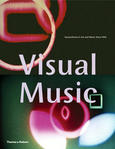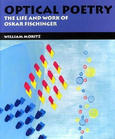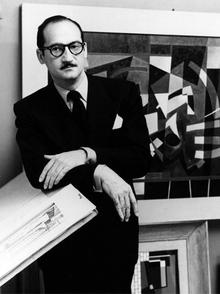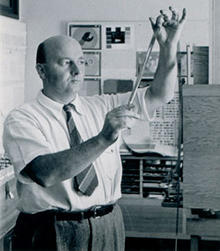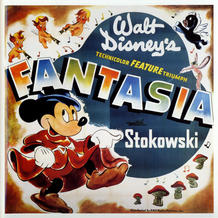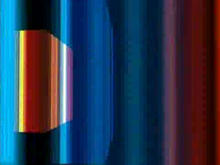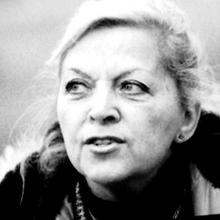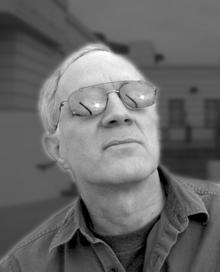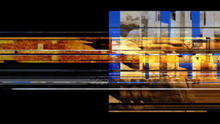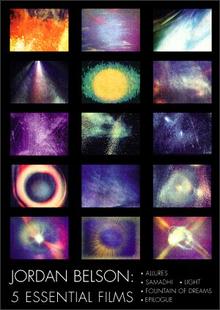Celebration
(1978)by Jules Engel is dance of color and form. Color, sound, 4 min, 16mm. Preserved by Center for Visual Music with support from the The National Endowment for the Arts.
Color, sound, 4 min, 16mm. Preserved by Center for Visual Music with support from the The National Endowment for the Arts.
A dance of color and form. Jules Engel wrote of his films: "The emphasis, then, is on the development of a visual dynamic language, independent of literature and theatrical traditions, demonstrating that pure graphic choreography is capable of its own wordless truth."
Source: Center for Visual Music

